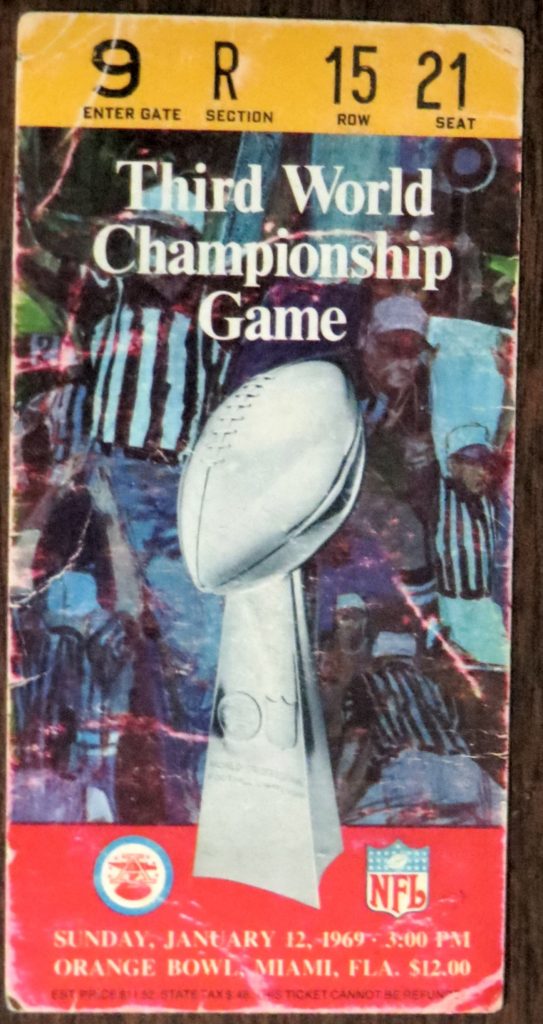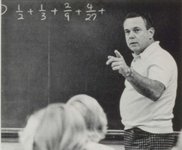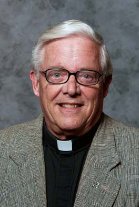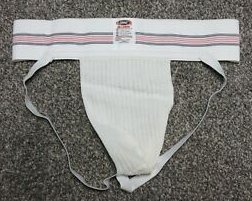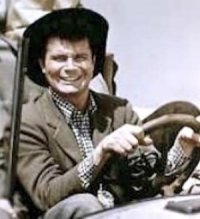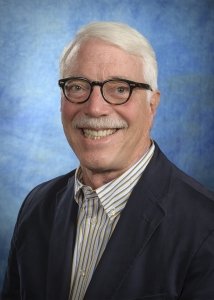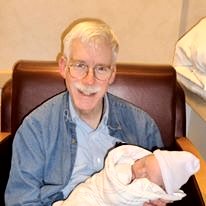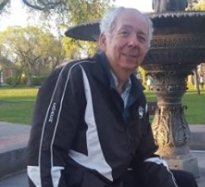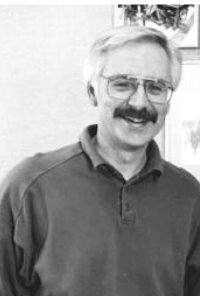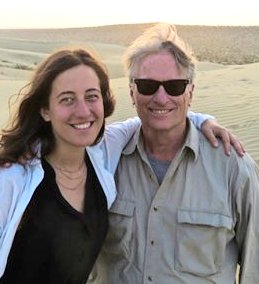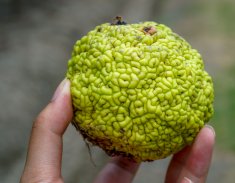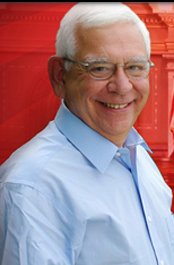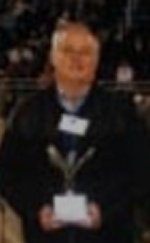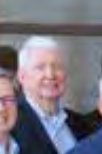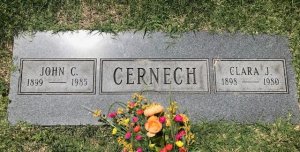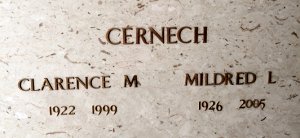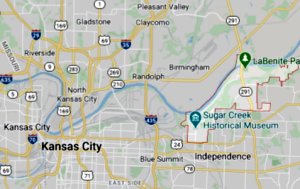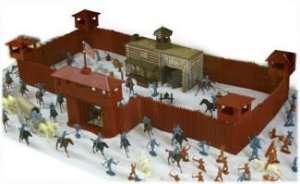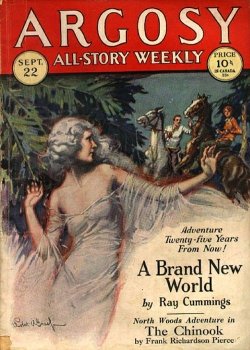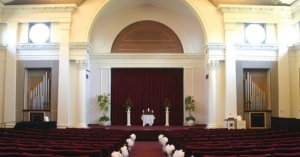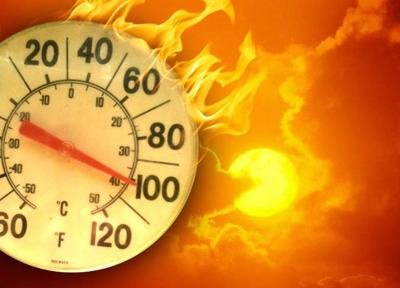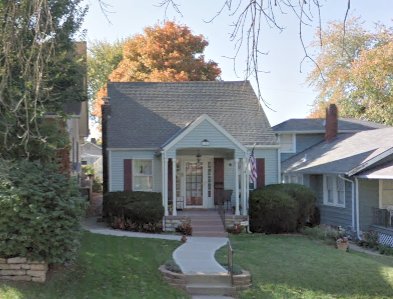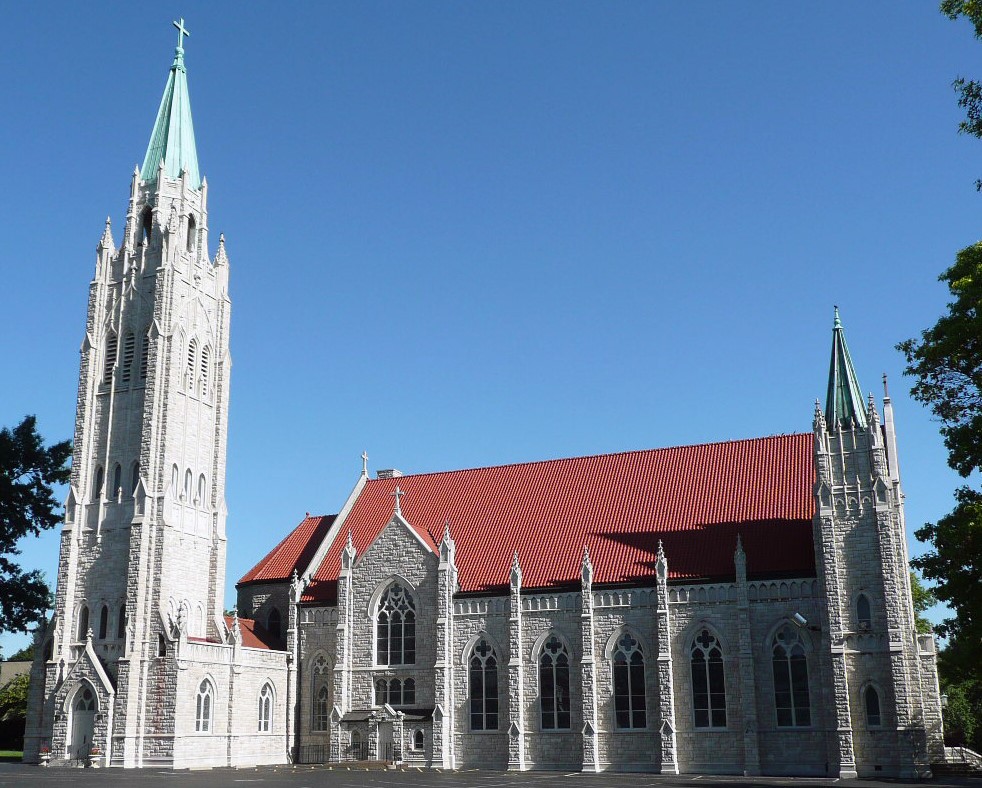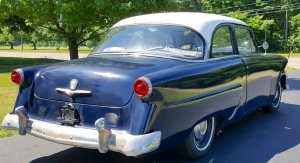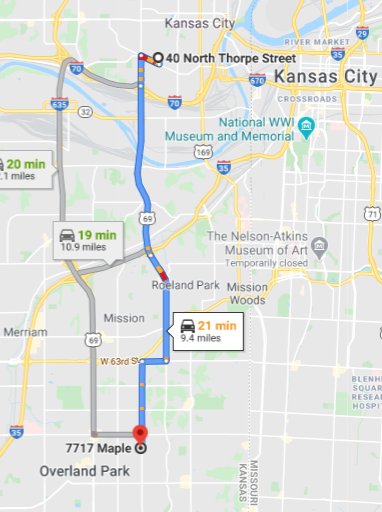Things unrelated to life at U-M. Continue reading
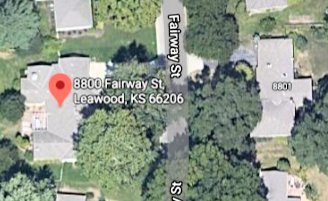
During each of the four years that I was an undergraduate at Michigan I came home for the Christmas holiday. A very unusual event occurred in one of those holidays. I think that it was the first one, 1966, but it might have been 1967. During the fall I had been alerted by my parents that my cousin and my classmate at Rockhurst High School, Terry Cernech, was getting married. The bride, Debbie Leishman, lived directly across the street from my family’s house in Leawood. They wanted me to be an usher at their wedding.
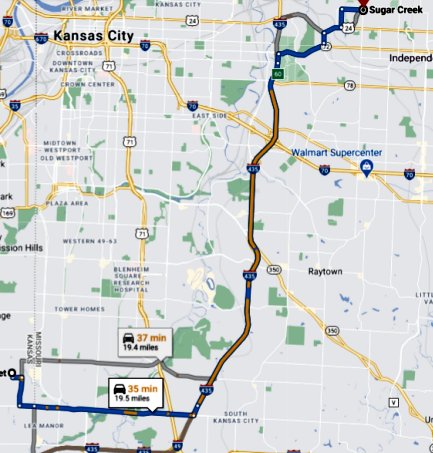
Terry, who lived nearly twenty miles away in Sugar Creek, had met Debbie during the production of a musical that featured performers and crew from Rockhurst High School, which both Terry and I attended, and Debbie’s high school, Notre Dame de Sion, a Catholic preparatory school for girls. Strange as it might seem, I had absolutely nothing to do with them getting together.
Terry and I were seniors when the play was staged. Debbie was a year or two younger. I am therefore pretty sure that she was still in high school at the time of the wedding. Terry was in college. His Facebook page says that he “studied at University of Notre Dame.”
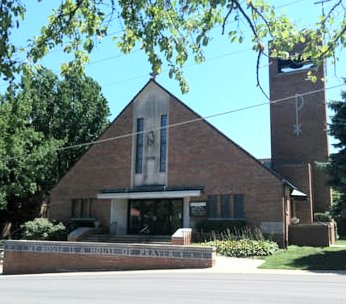
If there was a bachelor’s party, I was not invited, or maybe my parents neglected to tell me about it. I am pretty sure that the wedding ceremony was at a Catholic Church. Since the Leishmans were not Catholics, I am quite sure that the ceremony was not at our parish, Curé of Ars. So, I figure that it must have been held at the Cerneches’ church, St. Ann’s in Independence, MO, Harry Truman’s home town. I am almost certain that Terry went to grade school at St. Ann’s school.
So, why did the happy couple choose December for this occasion? Well, it probably wasn’t for tax reasons—both the bride and groom were full-time students. Everyone knew the answer, of course. In the language of the day, they had to get married.

Terry’s brother John was the best man. Before the ceremony he talked for a while with my parents. He said that he had been up all night talking with Terry. According to John, his brother had ingested a large amount of “Dutch courage” to prepare himself for the big event. John was dubious about the whole situation.
My job as usher was trivial. People sat where they wanted. I don’t recall that I had to wear a tuxedo or any other kind of costume. My real responsibilities began at the reception where I discovered that no one in the Leishman household was talking to anyone on the Cernech side. My dad did not get along particularly well with either Terry’s father, my Uncle Dean, or Mr. Leishman. So, I was drafted to pass messages between the two patriarchs. I do not precisely recall any particular message, but the flavor of most of them was something like the following:
- “Tell that son of a bitch that if he thinks that he is going to …”
- “He said what? Tell that worthless sack of shit that that will never happen until hell freezes over.”
- “That’s NOT what we agreed on! You tell that two-faced bastard …”
- “That’s it. I’ve had enough of that asshole. Just tell him to shove it.”
Needless to say, I sanitized the messages a bit before I delivered them. For a while I found this farce slightly amusing, but eventually it wore me down.
The marriage did not last very long. I don’t know what became of any of the Leishmans. Terry remarried; in 2021 he lives in Springfield, MO.
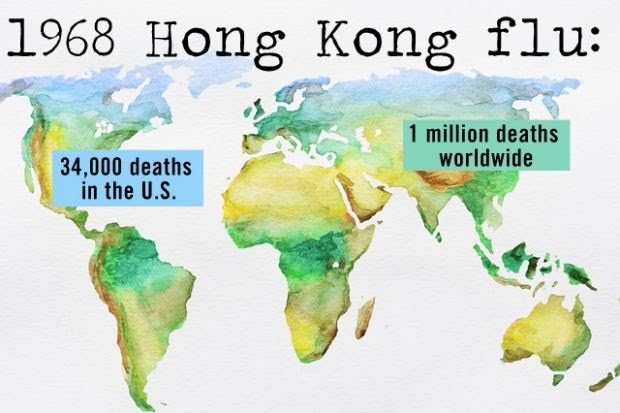
During the exam period right before Christmas, in December of 1967 (I think) I came down with influenza. When I have recounted this story, I called what I had the Russian flu. However, apparently the disease, which started in November in Michigan and Florida, was actually popularly known as the Hong Kong Flu. I somehow got through my exams, but I was completely wiped out. I slept through the entire plane ride to KC, and then I spent another day or so in bed at my parents’ house. This was my last real illness until my tuxedo-wearing cat Jake gave me cat-scratch disease in the mid-eighties.
A different member of my high school class, John Williams, also got married and had a son while he was going to college. He invited me to attend a play that his younger brother was in. This must have happened either over the Christmas break in my senior year or during one of the summers. John was driving, and for some reason his wife was not there.
At some point John was talking about the toddler. When I asked him a question, I mistakenly called the kid “your brother”. At least three of my acquaintances fathered children while I was in college, but I never actually saw any of them. I was so immature and aloof that I could not internalize the fact that people my age were reproducing.
One baby that I did see was Dr. Colburn’s youngest daughter. When the child, whose name escapes me, was baptized, I stood in for the real godfather, who could not make the trip to Ann Arbor. The event occurred in September of either 1968 or 1969. This was the last baptism that I ever attended.
In 2020 I discovered evidence of two events that I am quite certain that I never attended. I found these two football tickets among my dad’s possessions after he died in 2011.
I have no recollection at all that he had attended one of the most famous football games of all time, the 1969 Super Bowl. This was the game between the New York Jets, quarterbacked by Joe Namath, and the Baltimore Colts, led by Johnny Unitas. The Colts, who had defeated the Cleveland Browns 34-0 in the NFL1 championship game, were heavily favored, but the brash Namath guaranteed that the Jets would win, and they did.
In fact, it was not a close game. The defense of the Jets completely stymied Unitas and the Colts, who were held to a field goal in the fourth quarter. The final score was 16-3.
The game was played in the Orange Bowl in Miami, FL, on Sunday, January 12, 1969. I would have been back in Ann Arbor by then. I have no recollection that my dad went to this game. Of course, it had no effect on me; I was probably either at a debate tournament, returning from one, or busily preparing for one.
I wonder if my mom also attended this game. My dad often traveled on business, and some of those events included entertainment for the local salesmen. If this was part of the company’s annual convention, then my mom also probably came. In that case, they would have probably needed to get someone to stay at the house with Jamie, who had been a teenager for eight days when the game was played. Surely this would have been a topic of discussion over the holidays, but I have no memory of it whatsoever.
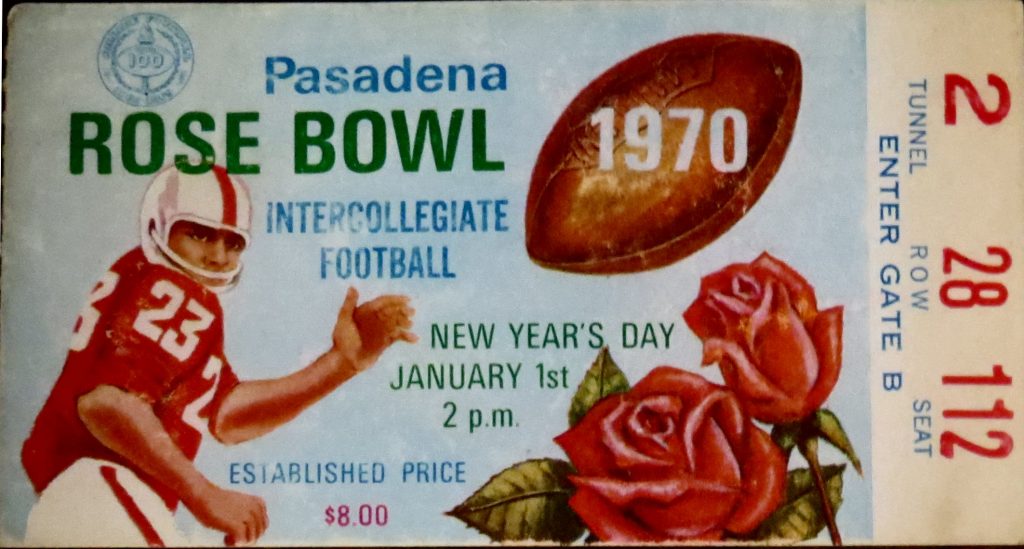
Michigan played against Southern Cal in the Rose Bowl in my senior year. I watched this frustrating nail-biter at home in Leawood. I am pretty sure that both of my parents attended, but I don’t remember if they left Jamie with me (I was twenty-one, and she was almost fourteen), or if someone stayed with us.
Southern Cal was undefeated. Michigan was coming off of its best game ever, the upset of undefeated Ohio State in Ann Arbor. I had missed that game because of a debate tournament in Chicago.
Both teams in the Rose Bowl had very stout defenses and unimaginative offenses. The game was tied 3-3 at the half. The only touchdown was a thirty-three yard pass from Jimmy Jones to Bob Chandler. Southern Cal won 10-3..
The backs of both of these tickets have diagrams of the seating in the stadiums. In both cases the tickets are on about the twenty-five-yard line, a little less than halfway up. Those are very good seats! Note that the price of the Rose Bowl ticket was only $8.
My two fondest memories of Jamie occurred, I think, during one of the breaks from college. The first one was in 1966, the year that Barry Sadler’s song, “Ballad of the Green Berets”2 topped the charts. We invented a dance to accompany this song. It involved standing at attention next to one another. Then one of us would stand on tip-toes for a beat while the other squatted. Then we returned to attention. On the following beats we reversed roles, and so on until we could not keep straight faces any longer.
At some point when I was not paying attention Jamie learned to play the guitar. She had a Bob Dylan songbook that contained the words and music for a dozen or two of his early songs. A few times we made music together; she would play the chords and I would sing. I can carry a tune, the songs were in a key that stayed in my range, and I could do a passable imitation of Dylan’s voice. We should have recorded one of these songs—I had a tape recorder. It would be fun to hear what we sounded like.
1. The NFL and the AFL had not yet merged. The first four Super Bowl featured the champions of each league.
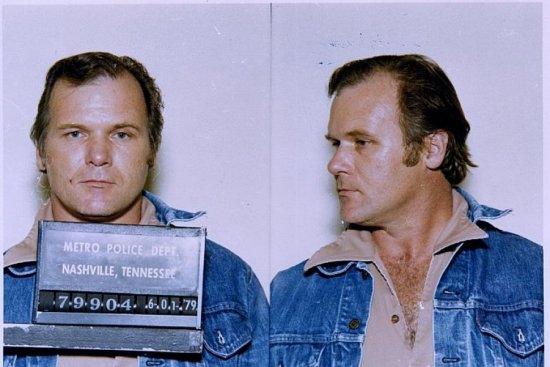 2. This horribly unimaginative song tied “California Dreamin'” as Billboard’s top song of 1966. Surely this was the worst song ever to become so popular. Sadler was a medic in Vietnam. His one hit made him a lot of money, but his life subsequently went quickly downhill. In 1979 he was charged with second-degree murder and pleaded guilty to voluntary manslaughter in Nashville. He went to prison for thirty days. In September of 1988 he was shot in the head in a taxicab in Guatemala City. He died early the following year.
2. This horribly unimaginative song tied “California Dreamin'” as Billboard’s top song of 1966. Surely this was the worst song ever to become so popular. Sadler was a medic in Vietnam. His one hit made him a lot of money, but his life subsequently went quickly downhill. In 1979 he was charged with second-degree murder and pleaded guilty to voluntary manslaughter in Nashville. He went to prison for thirty days. In September of 1988 he was shot in the head in a taxicab in Guatemala City. He died early the following year.

